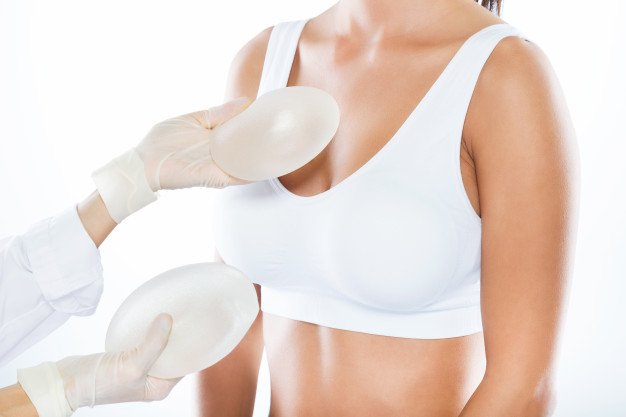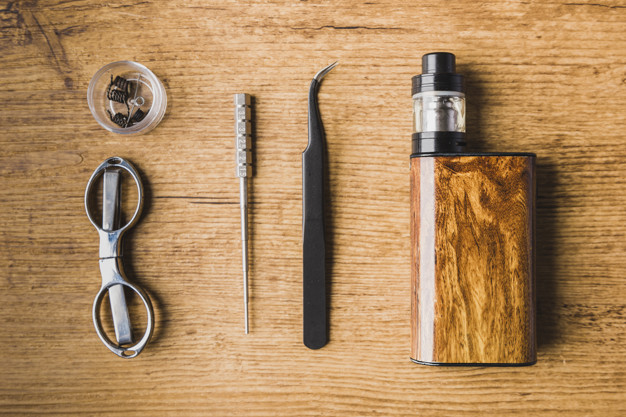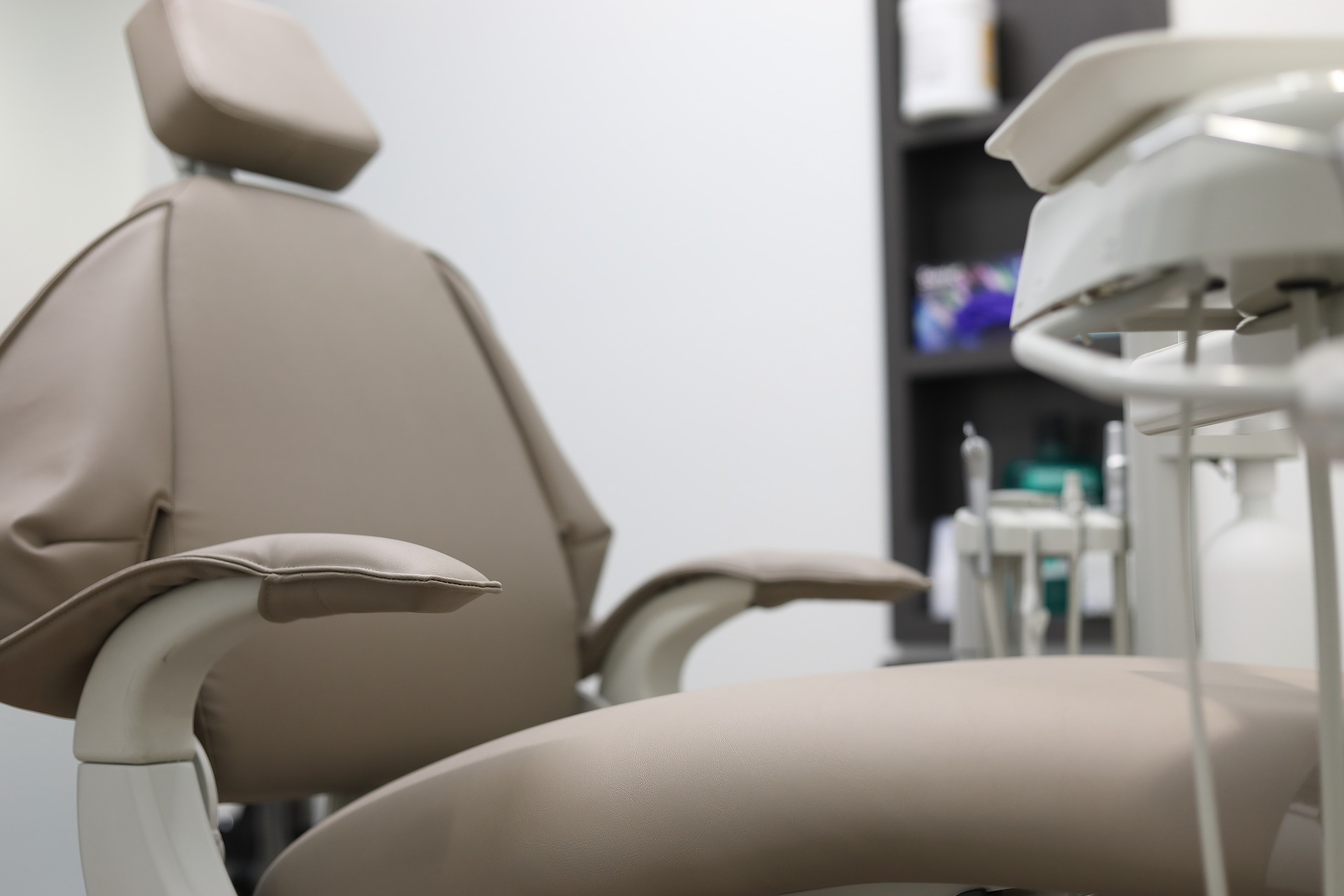If you are not satisfied with the size, shape, or contour of your breasts, you may want to consider breast implant surgery. Breast augmentation is also called augmentation mammoplasty or breast implant surgery. Basically, it is a procedure that involves using implants to help women who want fuller, larger breasts.
Whether you are unhappy with the droopiness or size of your breasts after weight loss or pregnancy, breast augmentation may help. Breast implants may also correct disproportion or asymmetry in breast size instigated by growth problems.
When Do You Need Natural Breast Augmentation?
The following conditions may indicate that you are a potential candidate for augmentation mammoplasty:
- Your breasts are too small
- There is asymmetry among your breasts
- You aren’t comfortable wearing a swimsuit or bodycon dress
- Clothes are often too large at the bustline
- The shape and size of your breasts have changed after losing weight
- Your breasts have lost their firmness after pregnancy
Types Of Breast Implants
The following are some of the major types of breast implants you must know about when you are choosing natural breast augmentation:
1. Saline-Filled
These are silicone shells that have sterile salt water (saline) in them. Generally, the surgeon inserts empty implants and then fills them with saline water. However, if the implants go through a leak, the body will absorb the saline and expel it. Also, saline implants stay for 10-15 years.
2. Silicone Gel-Filled
These breast implants are made of silicone rubber shell. Moreover, these gels consist of silicone and have smooth shells with textures. In fact, silicone gels feel similar to natural breast tissues. Also, to understand its performance, you can submit your breast augmentation report to the FDA.
3. Gummy Bear
These are anatomical and highly cohesive implants. Generally, they are more stable and stronger than traditional silicone implants. Also, their shapes are that of teardrops; that is, there is more projection at the bottom and taper at the top. Hence, this provides your breasts with the look and feel of natural breasts.
4. Fat Graft
In this case, the surgeon uses the fat of the person to enhance the size of the latter’s breasts. Here, they get access to the fat through liposuction. Hence, it acts as a natural breast augmentation. In this case, you do not need to keep a foreign object inside your body. Also, the results of this breast augmentation appear more natural.
Choosing The Right Surgeon For Natural Breast Augmentation
If you’re considering breast augmentation, the most significant decision you’ll make is who will be performing the surgery. Breast implant surgery is the most commonly performed cosmetic surgery in the United States, and a board-certified surgeon, Dr. Marshall, at Reveal Aesthetic Surgery, Ashville, has perfected techniques for the best results.
Moreover, breast enhancement is performed with either silicone or saline implants. Dr. Marshall evaluates personal preferences and individual factors to determine your right breast size, incision location, and the placement of implants.
In your one-hour consultation, Dr. Marshall will explain the pros and cons of the surgery and the different types and shapes of implants. Moreover, you will also learn about the breast augmentation cost. There are pluses and minuses to each, and he will take the time to go over each required detail.
Breast Augmentation Procedure: How Does It Work?
Usually performed with conscious sedation or general anesthesia, the following types of incisions can be employed in low-key areas of the breast to minimize visible scarring:
- Inframammary incision
- Periareolar incision
- Transaxillary incision
- Submammary incision
Some breast enhancements can be performed in a slightly invasive manner, utilizing endoscopes and with small incisions made in the armpit. The procedure typically takes about two hours or less. For detailed information on breast augmentation in Asheville, NC, you may consult Dr. Marshall.
Benefits And Risks Of Natural Breast Augmentation
Breast augmentation surgery has both physical and psychological benefits, ranging from improved self-esteem and self-confidence to the adoption of healthy habits. Many women have reported that they felt healthier and confident after the surgery. If one is unsatisfied with the way the implants look, they can be changed or replaced after a certain period of time.
The potential risks of breast implants include infection, bleeding, scarring, breast pain, changes in sensation of the nipple and breast, rupture of implants, contraction, etc. Also, a breast augmentation recovery takes time.
To achieve the desired shape and size, you might have to undergo a set of procedures. When performed by a qualified cosmetic surgeon, augmentation mammoplasty is a safe surgery with long-lasting results.
Basically, the best way to decide whether or not breast augmentation is right for you is to meet with a board-certified cosmetic surgeon. In this case, you can choose Dr. Marshall at Reveal Aesthetic Surgery, Ashville.
Breast Augmentation: The Way Forward
If you want to go for breast augmentation, go for natural breast augmentation like fat graft. This will ensure fewer risks and more benefits for your body. This is because you are not inserting any foreign object in your body, like a silicon shell or anything else. Hence, it is better to choose fat graft breast implants.
Do you have more suggestions regarding natural breast augmentation? Please share your ideas and opinions in the comments section below.
Read Also:






















